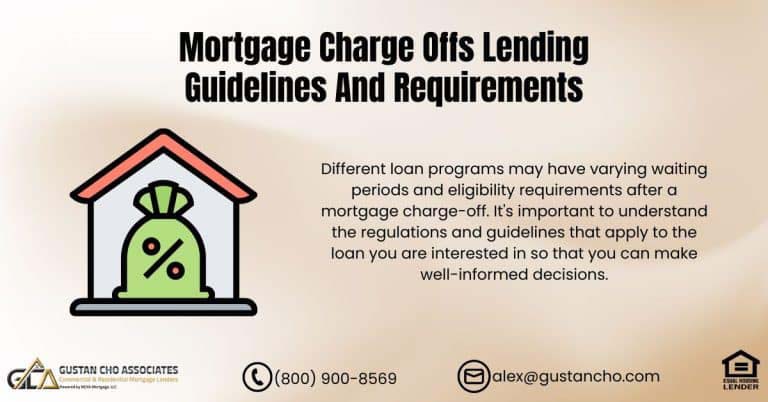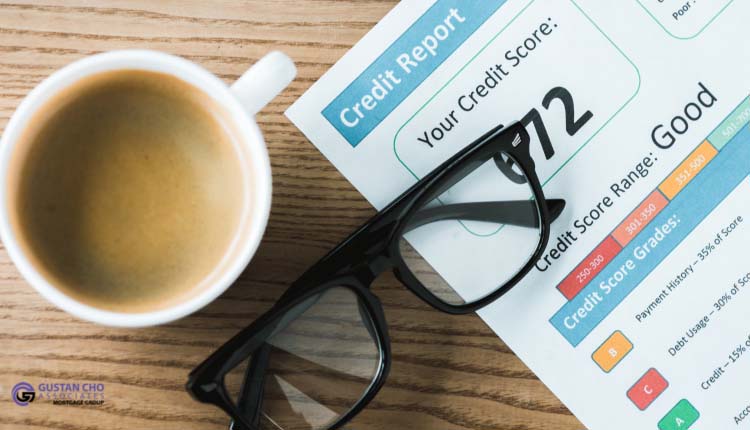This article is about 1031 Tax Exchange For Real Estate Transactions
Real estate exchanges are alive and well! The real estate market has recovered and real estate investors are buying and selling investment properties.
Real estate investors have been holding steady over the past few years watching the values of their investment properties diminish while hoping that prices would come back.
- That time has come; with limited inventory and pent-up buyer demand, property values are on the rise
With increased values, many investors are ready to exchange their properties for a multitude of reasons, which include:
- consolidation
- diversification
- relocation
- cash flow or leverage
Below is a bottom-line review of the basic requirements for successful tax deferral under Section 1031.
Purpose Of 1031 Tax Exchange
The purpose of real estate investors does 1031 tax exchange is to defer payment of capital gains taxes from real estate transactions.
- When a real estate investor sells a property, they need to pay capital gains tax on their net gross profits
- However, the government will allow real estate investors to purchase a like or higher value property
It will defer the capital gains tax if they roll all of their proceeds to purchase another property.
Properties That Qualify For 1031 Tax Exchange
Real property or personal property such as aircraft, vessels, equipment, fine art, or other tangible value can qualify for 1031 tax exchanges.
Like And Kind Requirement On New Property Purchase
Properties must be like-kind (e.g. real estate for real estate, aircraft for aircraft) in order to be able to do a 1031 Tax Exchange.
Definition Of Real Estate Investments
Properties must be held for investment or in connection with a trade or business but do not have to be similar use (e.g., exchange raw land for an apartment building) in order to qualify for a 1031 tax exchange.
What Are Exchange Transactions
There are two parts to the transaction:
- Transfer of relinquished property
- And “acquisition” of the replacement property
What Is A Fully Deferred Exchange
Many criteria must be met in order to have a fully deferred exchange. Generally:
- The taxpayer must buy replacement property(ies) of greater or equal value
- The taxpayer must reinvest all proceeds from the sale of the relinquished property(ies)
- The taxpayer must re-acquire debt equal or greater to debt paid off from the relinquished property (or replace the debt with additional cash)
For additional information about the 1031 exchange requirements contact your accountant or tax professional.
Deadlines And Timelines For 1031 Tax Exchange
There are two deadlines, both of which begin on the date of transfer of the first relinquished property. The Internal Revenue Service is the government entity that monitors 1031 Tax Free Exchanges:
- Replacement property(ies) must be identified within 45 days
- The exchange must be completed by the earlier of:
- 180 days from the date of the first relinquished property closing; or
- The due date of the taxpayer’s federal income tax return, together with all extensions
Identification Rules On 1031 Tax Exchange
The replacement property must be unambiguously described, made in writing, and signed by the taxpayer. The two most common identification rules are:
- 3-Property Rule—up to three (3) properties can be identified without regard to their fair market value
- 200% Rule—any number of properties can be identified, as long as their combined fair marketing value does not exceed 200% of the fair market value of all relinquished property
Same Tax Payer Requirements On 1031 Tax Free Exchanges
- The Taxpayer must acquire title to the replacement property in the same manner as the title was held in the relinquished property
There are some exceptions to this rule such as entities that are disregarded for tax purposes.









